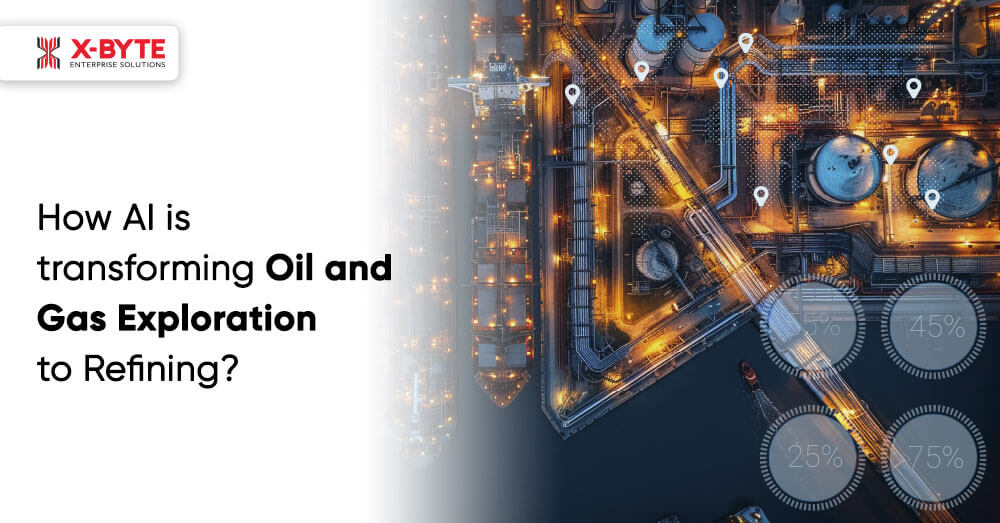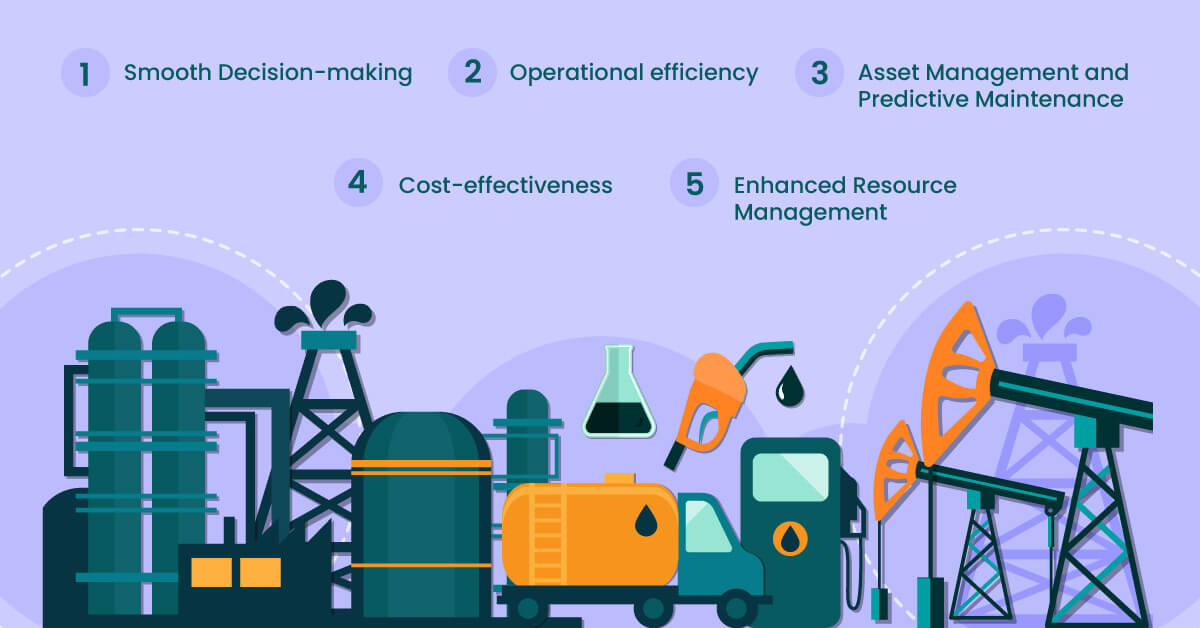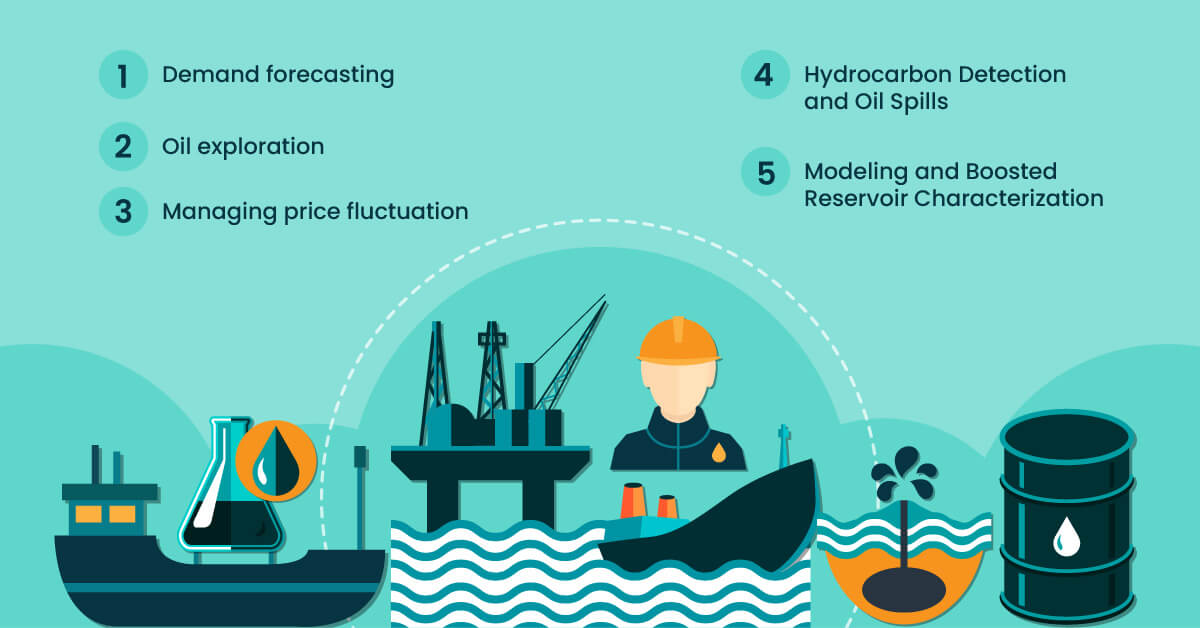-
solutinos
-
Hire
Frontend Developer
Backend Developer
-
NodeJS Developer
-
Java Developer
-
Django Developer
-
Spring Boot Developer
-
Python Developer
-
Golang Developer
-
Ruby on Rails Developer
-
Laravel Developer
-
.NET Developer
Technology
-
Flutter Developer
-
React Native Developer
-
Xamarin Developer
-
Kotlin Developer
-
Cross-Platform Developer
-
Swift Developer
-
MongoDB Developer
-
C Developer
-
Smart Contract Developers
Cloud
-
-
Services
Mobile Development
Web Development
- Work
-
Multi Services App
-
Food Delivery App
-
Grocery Delivery App
-
Taxi Cab Booking App
-
Multi Services App
-
OTT Platform APP
-
Social Media APP
-
Freelance Service App
-
Car Rental App
-
Medicine Delivery App
-
Liquor Delivery App
-
Sports Betting App
-
Online Coupon App
-
eLearning App
-
Logistics & Transportation App
-
Courier Delivery App
-
On-Demand Real Estate App
-
E-Wallet APP
-
Online Dating App
-
Handyman Services App
-
-
Process
-
Company

Quick Summary : Implement advanced technology like AI in the oil and gas industry to boost productivity and streamline routine processes. In this blog, we will understand the key benefits, use cases, challenges, and solutions that help ensure the smooth integration of AI algorithms into the existing scenario.
The oil and gas industry is rapidly growing in this technologically advanced market. With the expansion of AI, the oil and gas segment is taking advantage of this to automate its routine processes. These include energy exploration, processing, and smooth management.
This advancement in AI technology also transforms how oil and gas businesses work. AI also reaches other industries like finance, retail, ecommerce, healthcare, and transportation to create a significant shift. The AI ML solution helps transform the energy production businesses to achieve operational efficiency.
Statistics on Implementing AI in the Oil and Gas Industry
- The Ernst & Young survey suggested that 92% of oil and gas businesses globally are investing in AI and plan to do so in the next 5 years.
- The Aberdeen Group states spare parts shortages and stockouts account for 50% of yearly unscheduled asset downtime. AI can help optimize and right-size the type and level of inventory held.
- The mordor Intelligence estimate that the AI market in the oil and Gas industry will reach upto US $3.54B by 2025 and US$ 6.4B by 2030, which means it is growing 12.61% CAGR from the year 2025 to 2030.
- As per the report, North America has the target share of using AI in the oil and gas segment.
Overview of AI in Oil and Gas
Traditionally, the oil and gas segment relied heavily on manual labor and conventional engineering approaches for strategic decisions. However, the integration of AI and ML solutions transforms this scenario.
The AI works with ML and NLP algorithms to establish neutral networks to help manage complex oil and gas business datasets. It can automate data collection, monitor and analyze complex data, and stay updated on challenging markets. This assists in tracking market trends and understanding the requirements for continuous improvement.
AI helps optimize productivity and ensure the sustainability of routine processes. It can enhance drilling processes by analyzing them in real-time. AI can also adopt prediction maintenance measures to improve the maintenance of machines or equipment.
Key Benefits of AI in the Oil and Gas Industry

AI provides diverse benefits, such as boosting productivity and streamlining routine processes.
Smooth Decision-making
Integrating modern technology allows businesses to identify hidden trends and opportunities and make strategic decisions.
Operational Efficiency
Oil and gas businesses can enhance their operational efficiency by automating diverse activities. AI assists in streamlining routine processes, optimizing resource utilization, and scheduling machinery and equipment maintenance. This helps in ensuring boosted productivity by reducing operational costs.
Asset Management and Predictive Maintenance
AI helps analyze and predict uncertainties based on the data gathered from machinery and equipment with a proactive strategy for asset management. Diverse AI systems help monitor assets, forecast possible breakdowns, and take predictive maintenance measures to analyze historical data and reduce breakdowns.
Boost the business processes by integrating AI algorithms in the oil and gas segment and automating exploration activities!
Cost-effectiveness
AI can automate processes in the oil and gas industry, helping boost productivity while reducing unnecessary operational costs. Advanced AI ML algorithms can also help establish streamlined data flow, reducing energy utilization and resource wastage and increasing logistics efficiency.
Enhanced Resource Management
Implementing smart oilfield technology through AI helps optimize supply chain management. AI in oil and gas helps analyze market trends, demand forecasting, inventory, and logistics management. Using AI-enabled data insights, businesses can save costs and reduce energy utilization.
Real-world Use Cases of AI in Oil and Gas Exploration

The AI transformed the oil and gas industry, making routine activities simpler. There are diverse use cases that will help understand how AI has transformed the oil and gas industry.
Demand Forecasting
Advanced technology can help oil and gas businesses make informed decisions. It can seamlessly analyze historical and emerging trends to conduct demand forecasting. This assists in scheduling production processes and machinery maintenance to optimize resource utilization and efficient inventory management.
Oil Exploration
AI helps process and analyze the ideal location by compiling diverse geographical datasets. This helps boost drilling location accuracy and interpret complex data to reduce uncertainty in exploration activities.
With accurate location details of oil reserves, businesses can use sustainable practices to boost productivity and reduce unnecessary costs.
Managing Price Fluctuations
AI-powered oil and gas platforms help diverse business segments in navigating oil and gas price fluctuations It tracks current and past market trends in real-time. Companies can then create pricing and inventory management strategies using AI-enabled predictive modeling to forecast price fluctuations.
This assists in reducing risks and sustaining operations in changing market conditions, enabling oil and gas businesses to establish enhanced financial planning.
Hydrocarbon Detection and Oil Spills
AI-enabled satellite imagery and sensors help boost detection and mitigate the risk of hydrocarbon leaks and oil spills. With artificial intelligence and ML, businesses can identify the risk of spills a
Businesses can also use real-time monitoring and data analytics powered by AI algorithms to detect and prevent oil spills in advance, reducing costs and legal risks.
Modeling and Boosted Reservoir Characterization
Digital transformation through AI in Oil and Gas helps optimize and manage reservoirs by optimizing modeling and reservoir characterization. Diverse AI tools can help integrate large amounts of information from well drilling logs, seismic surveys, and production trends, providing a comprehensive representation of the reservoir.
The AI-enabled oil and gas exploration helps accurately predict reservoirs to forecast extraction scenarios.
Stream Wise Use Cases of AI-enabled Oil and Gas Processes
| Segment | Operations | Impact | Technologies Used |
|---|---|---|---|
| Upstream | Reservoir exploration | Improved accuracy in well placement, reduced environmental impact, prolonged oil field life | Neural networks, machine learning, edge AI, generative AI |
| Drilling automation | Lower drilling costs, higher extraction efficiency | Predictive analytics, decision trees, digital twins, machine learning | |
| Automated fault detection | Increased equipment lifespan, fewer disruptions, cost savings, proactive maintenance | Computer vision, convolutional neural networks | |
| Fieldworker assistance | Reduced operational costs, 24/7 availability, enhanced safety | NLP, generative AI | |
| Midstream | Storage facility inspection | Faster issue detection, improved safety automation | Computer vision, edge AI, generative AI |
| Route optimization | Fewer delivery delays, reduced fuel consumption, improved safety | Optimization algorithms, machine learning | |
| Downstream | Refinery optimization | Boosted production efficiency, lower energy consumption, improved safety | AI-driven monitoring, IoT, smart sensors |
| Quality assurance | Faster compliance checks, minimized waste | Machine learning, predictive models, IoT, smart sensors | |
| Product research and development | Reduced resource usage, minimized trial-and-error, and expanded experimental capabilities. | Generative AI | |
| Asset maintenance planning | Longer equipment lifespan, fewer interruptions, cost-effective upkeep | Edge AI, predictive algorithms, generative AI | |
| Supply chain optimization | Shorter delivery times, reduced fuel costs, better risk management | Optimization algorithms, digital twins, generative AI |
Challenges and Solutions of Implementing AI in the Oil and Gas Industry
Cybersecurity Risks
Due to enhanced connectivity with advanced AI systems, there is an increased risk of cyber attacks. These systems can access sensitive and crucial data of oil and gas businesses, which poses a threat to data breaches.
This challenge can be resolved by implementing strong, high-tech security measures like data encryption, user authentication, proactive strategies, and training teams on the latest cybersecurity measures.

Streamline the drilling and exploration process with advanced AI and ML solutions, which help boost productivity!
Contact Our Team Contact Our TeamHuge Initial Setup Cost
Implementing AI systems and advanced sensors involves diverse upfront costs. This requires setting up infrastructure, designing and implementing software, and using AI-enabled tools.
Businesses can start with the pilot setup project to analyze the ROI and conduct in-depth risk analysis. It also involves analyzing cost-benefit measures, exploring financial alternatives, and specific subsidies from a government body.
Integrating with Existing Platforms
Integrating advanced AI algorithms into traditional systems becomes challenging. These systems might not be designed explicitly for AI-enabled operations.
Creating tailored middleware and APIs to ensure smooth integration, detailed system audits, enhanced integration, and connecting cross-functional teams for technical and operational efficiency.
Data Quality
It is essential to ensure the reliability and accuracy of data gathered from diverse sources. However, managing a large amount of data smoothly with legacy platforms is impossible.
Oil and gas businesses smoothly implement data governance practices and ensure data validation. Advanced big data analytics can seamlessly help to detect difficulties and foster smooth analysis processes.
Conclusion: How X-Byte Leads
By integrating AI in the competitive market, businesses can streamline supply chain management and implement advanced analytics.
X-byte is a prominent force in transforming the oil and gas sector with AI solutions.
Advanced AI technology aims to reshape business processes. With innovative and efficient solutions integrated with AI, the oil and gas industry can optimize the exploration process, perform predictive maintenance, and ensure smooth operations.
X-Byte helps redefine the strategies to stay updated with industry trends for sustainable processes.
Frequently Asked Questions
-
How does AI improve efficiency in Oil and
Gas operations?
AI increases productivity by replacing manual work, improving E&P operations, and supporting better decision-making. Examples include real-time monitoring applications, Predictive maintenance, and automation in drilling operations. These help in reducing operational costs, increasing safety measures, and shortening the project duration.
-
What are the key benefits of AI in the Oil
and Gas industry?
Cost Reduction: AI also helps avoid waste and excessive energy use and has little downtime.
Enhanced Safety: AI integration in various systems also detects and avoids risks, preventing accidents.
Increased Accuracy: AI has the potential of allowing for pin-point drilling, exploration, efficiently, as well as regular maintenance.
Improved Productivity: AI has been defined as increasing efficiency through proper resource distribution and improving business processes.
-
How is artificial intelligence used in Oil and Gas exploration?
AI interprets geographical surveys and defines prospects, determining optimal locations for drilling wells. This helps improve oil and natural gas reserve forecasts, seismic data analyzed using ML, and numerous datasets via neural network solutions. It also reduces exploration time and costs.
-
What are some real-world examples of AI in Oilfield operations?
Predictive Main identifies equipment problems in increasing the machinery's life expectancy of machinery.
Drilling Automation: AI also helps decrease costs and, at the same time, increase extraction rates.
Reservoir Management: AI analyzes reservoir behavior and strategies for pumping the product.
Safety Monitoring: Real-time identification of unsafe conditions reduces the rates of accidents for AI systems.
-
What AI trends are shaping the future of Oil and Gas?
Generative AI: Transforming product R&D and simulation models for industry.
Edge Computing: Automated analysis of data that are collected ‘in the field’ from remote areas.
Digital Twins: Some companies use virtual replicas to improve asset management.
AI-Driven Sustainability: Minimisation of the carbon footprint that results in the implementation of optimized operations.
-
How does machine learning improve Oil and Gas production?
Machine learning enhances productivity through big data analysis, providing patterns and information that increase resource yield. It allows flexibility in producing goods and services, resulting in less scrap and improved production quality.
